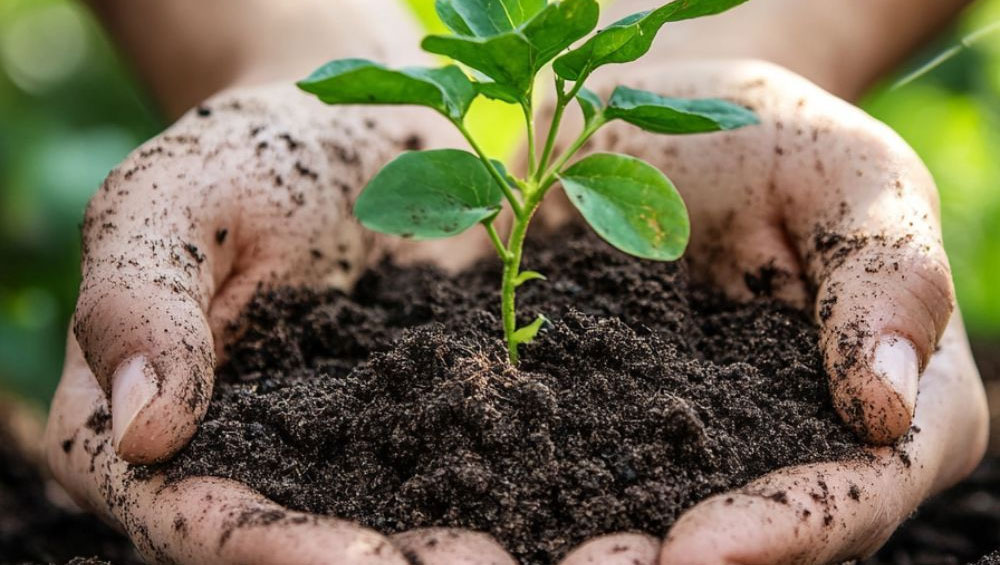Bio-Inputs Revolution – How Biofertilizers and Biopesticides Are Reshaping Indian Agriculture Article
Bio-Inputs Revolution – How Biofertilizers and Biopesticides Are Reshaping Indian Agriculture
India’s agricultural sector is witnessing a paradigm shift with the rapid adoption of bio-inputs as sustainable alternatives to chemical fertilizers and pesticides. The Indian bio–inputs market, encompassing biofertilizers, biostimulants, and biopesticides, is experiencing unprecedented growth, driven by environmental concerns, government initiatives, and increasing consumer demand for organic produce.
Recent data reveals the scale of this transformation. India has registered approximately 970 biopesticides under the Central Insecticides Board and Registration Committee CIBRC , with the composition including 29% bacterial, 66% fungal, 4% viral, and 1% other plant-based and pheromone-based products. More than 63 Indian private companies now manufacture registered bio-pesticide products, with major players including Pest Control Pvt Ltd, Multiplex Biotech Ltd, and International Panacea leading the market.
The demand-supply dynamics are particularly encouraging. Biopesticide demand has steadily increased from 10,851.7 MT in 2019 20 to an estimated 11,494.6 MT in 2023 24, while chemical pesticide consumption has decreased from 61,701.8 MT to 52,253.8 MT over the same period. This trend indicates growing farmer awareness and confidence in biological alternatives for crop protection.
Biofertilizers are showing equally impressive growth, with India’s market expected to expand from $110.07 million in 2022 to $243.61 million by 2029, exhibiting a compound annual growth rate of 12.02%. The growth drivers include increasing awareness of health and environmental benefits, gradual shift from chemical-based to organic farming techniques, and rising costs of synthetic inputs. Currently, India requires approximately 22,000 metric tons of biofertilizers annually, with states like Meghalaya showing massive demand-supply gaps that present opportunities for entrepreneurship.
The technical advantages of bio-inputs are substantial. Biofertilizers accelerate microbial processes in soil, improving nutrient availability in forms easily assimilated by plants. They enhance soil fertility using biological wastes without harmful chemicals, promote beneficial microorganisms, and improve soil structure and water retention. Research from Assam Agricultural University demonstrates that combined application of vermicompost with specific bacterial inocula can increase crop yields significantly – Bokul Joha rice yields reached 34.62 q/ha with organic treatments compared to conventional methods.
Government support has been instrumental in this revolution. Under the GOBARdhan scheme, the government plans to establish 15,000 decentralized Bio-Input Resource Centres BRCs across the country. The National Mission for Natural Farming emphasizes bio-input production, while initiatives like PKVY and MOVCDNER provide financial assistance for organic input adoption. Quality standards have been established under the Fertilizer Control Order, with ICAR developing efficient strains of biofertilizers tailored to different crops and soil types.
The environmental benefits are compelling. Bio-inputs reduce soil and water contamination, preserve biodiversity, and maintain ecological balance. Studies from Pantnagar show that organic farming approaches using biofertilizers and biopesticides result in higher soil organic carbon 0.93% vs 0.75% , increased available nitrogen 317 vs 240 kg/ha), and better phosphorus availability compared to conventional farming.
Challenges remain, including formulation stability, limited farmer awareness in remote areas, and supply chain complexities. However, the trajectory is clear – India is transitioning from the Green Revolution to an Ecological Agricultural Revolution, with bio-inputs playing a transformative role in ensuring sustainable agricultural productivity while reducing dependence on synthetic chemicals.
